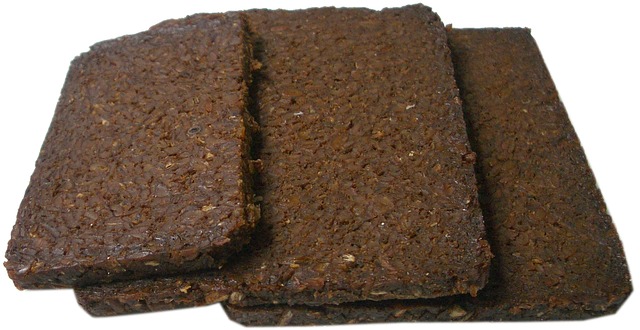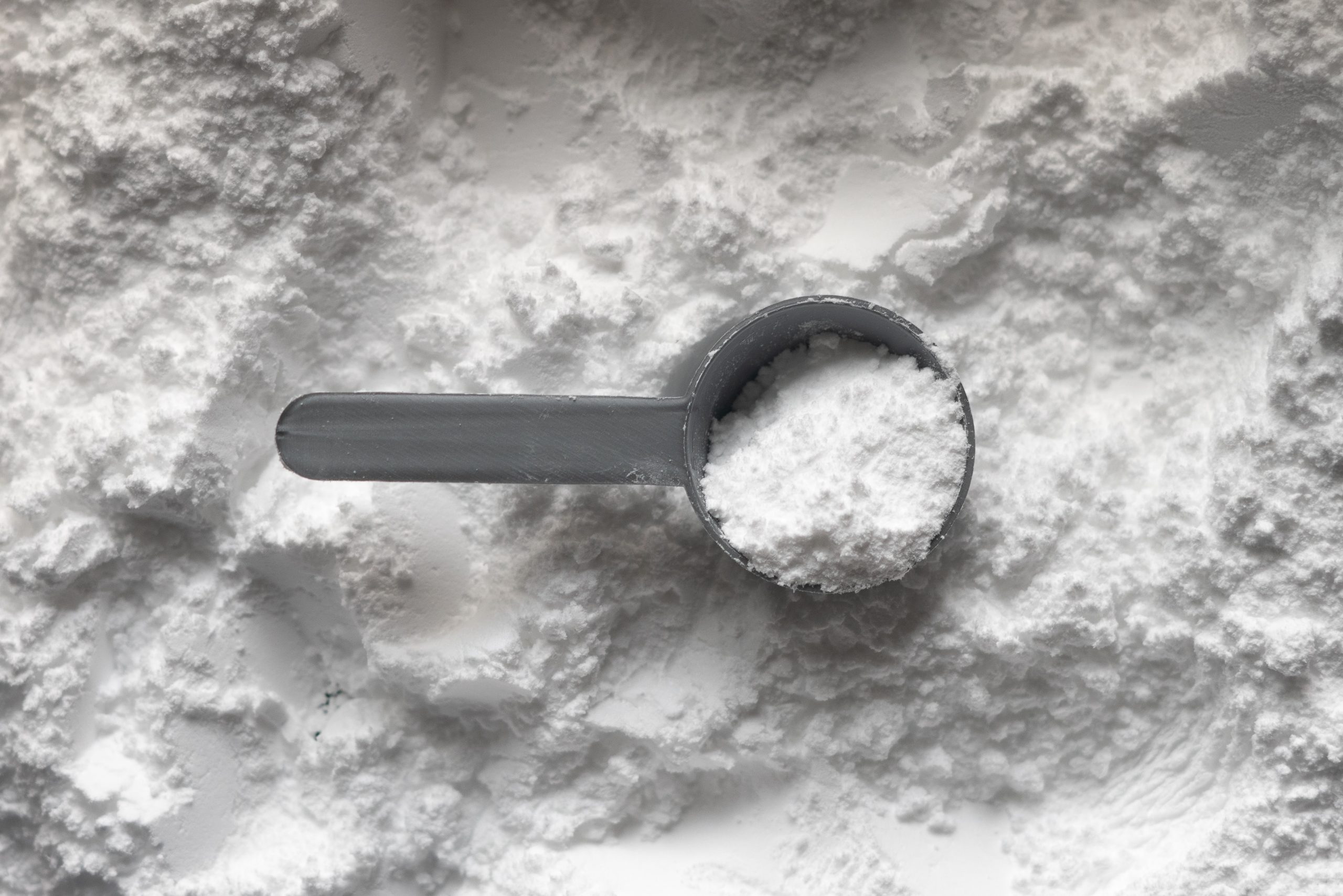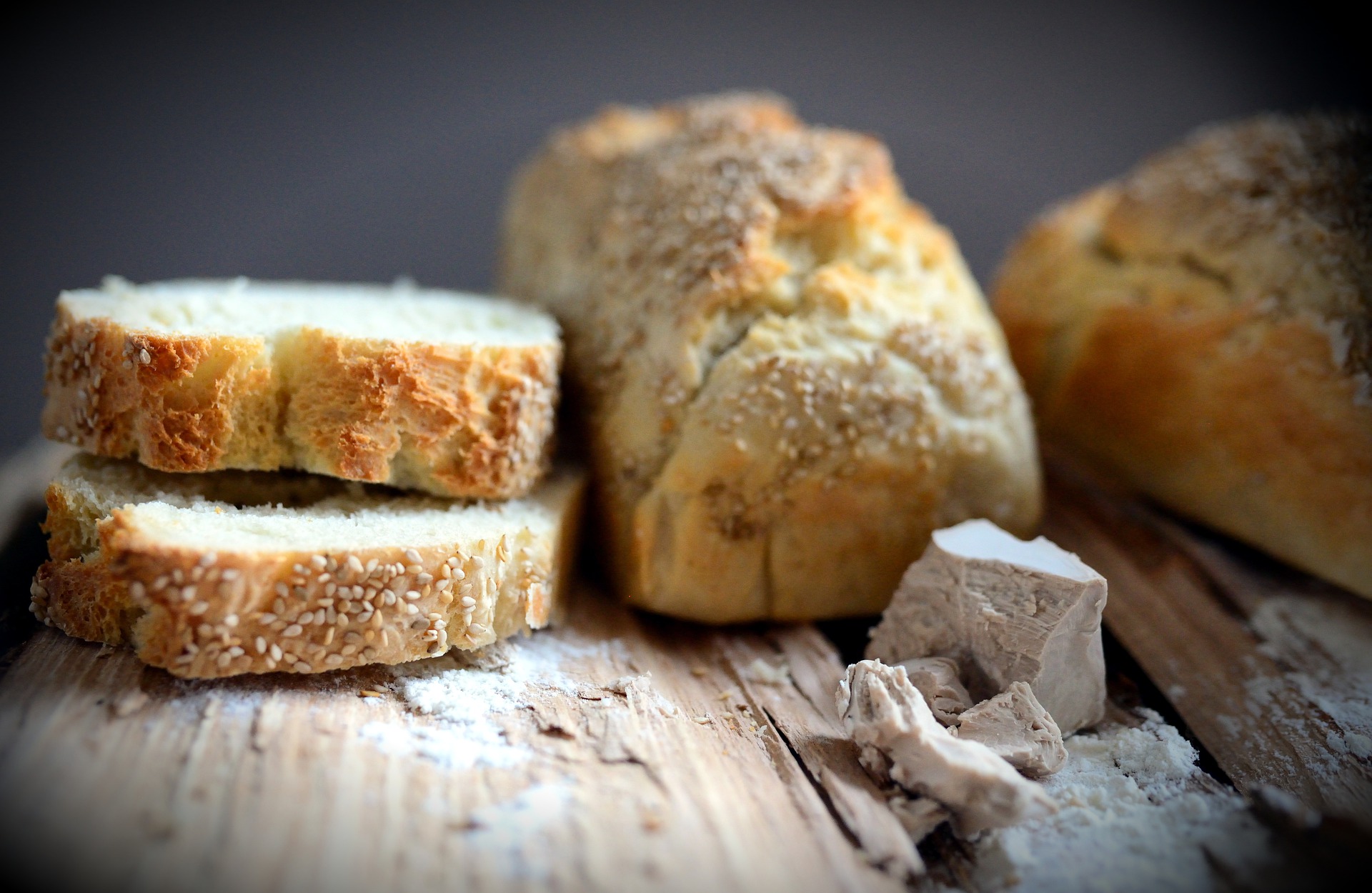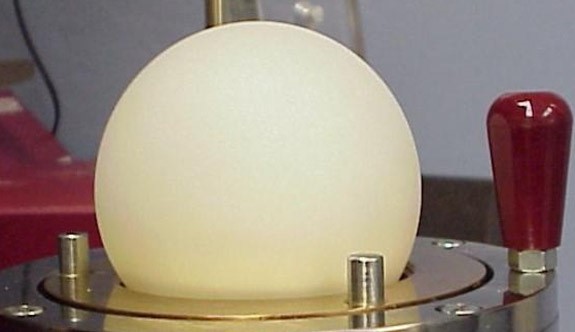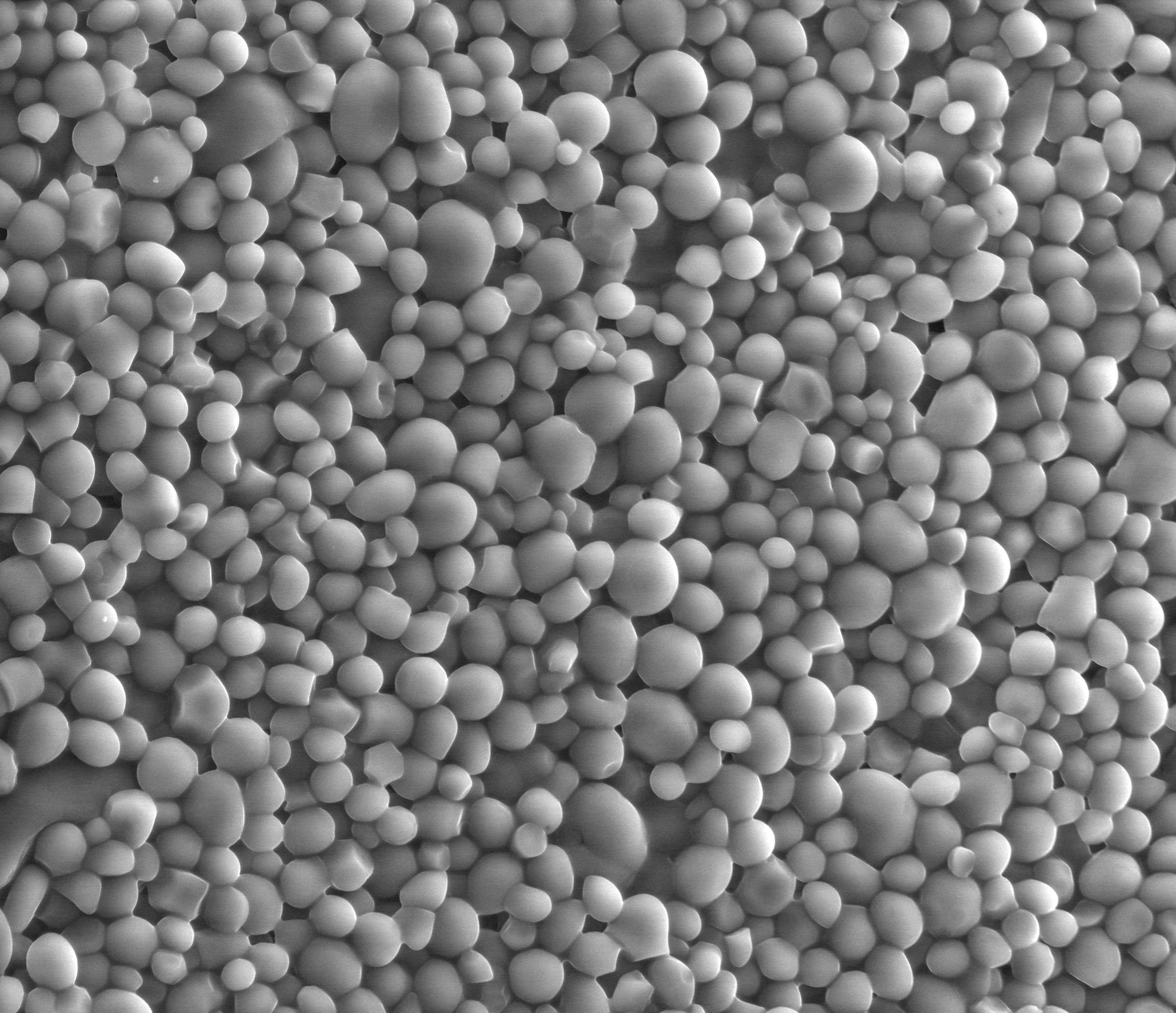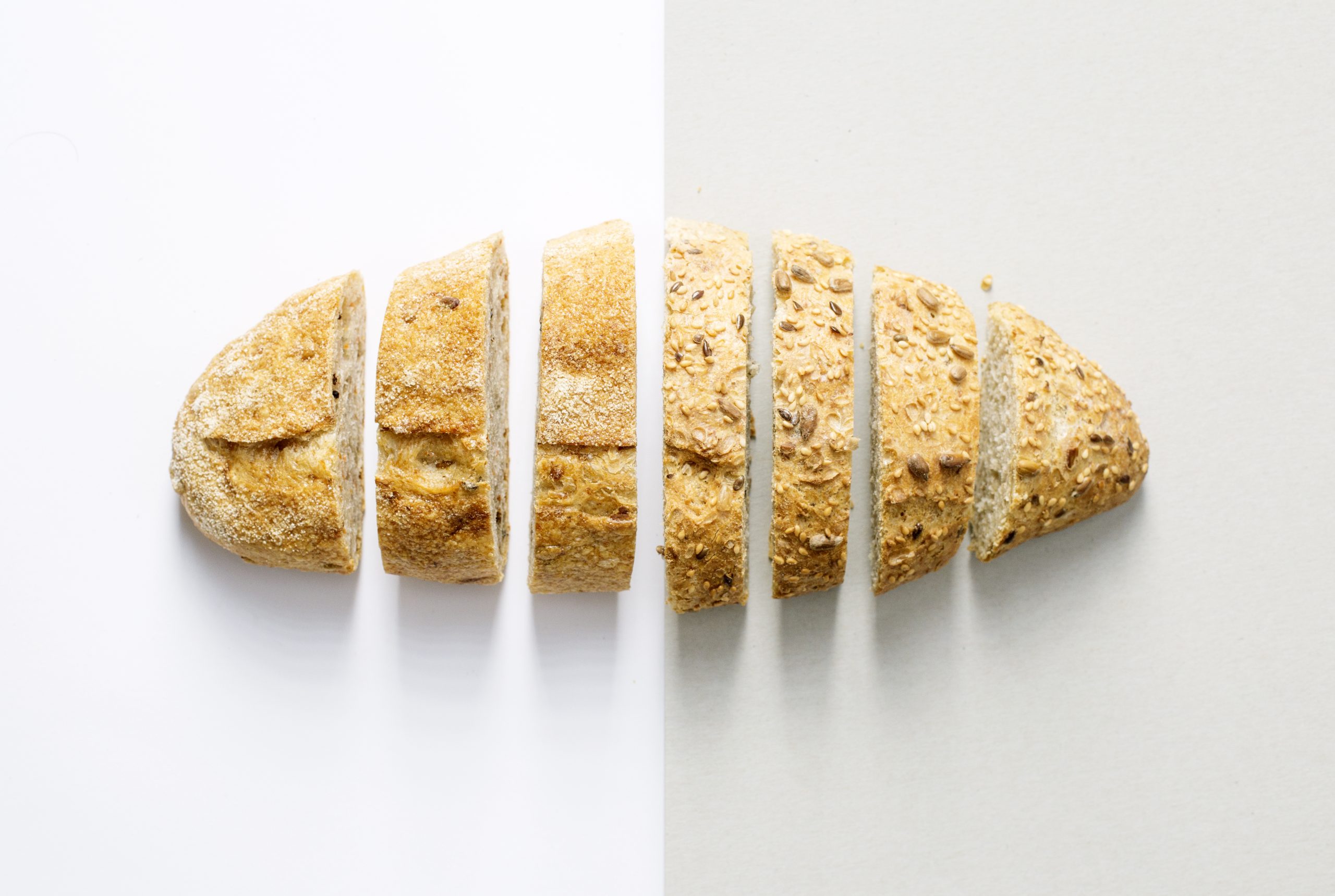RYE FLOUR
Rye is the second most widely used cereal in the world for bread making, after wheat. However, rye protein, although not tolerated by the celiac community, is unable to form a three-dimensional network capable of cohering the dough and retaining the gas formed during fermentation. Rye cultivation is better adapted to adverse climatic conditions (cold) and poorer soils than wheat, so it has traditionally been grown in areas where wheat struggled to adapt. Over 90% of rye produced is cultivated…
